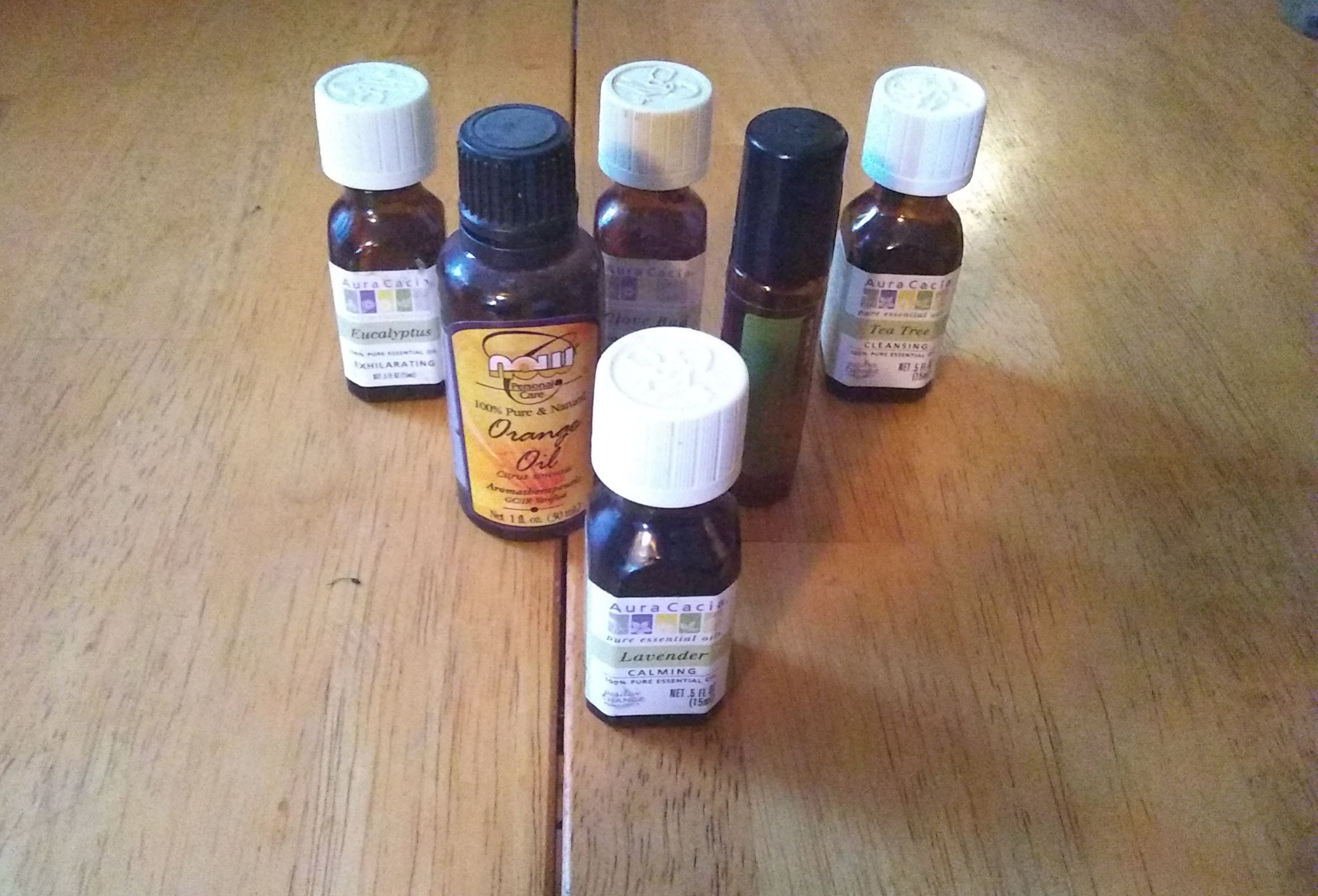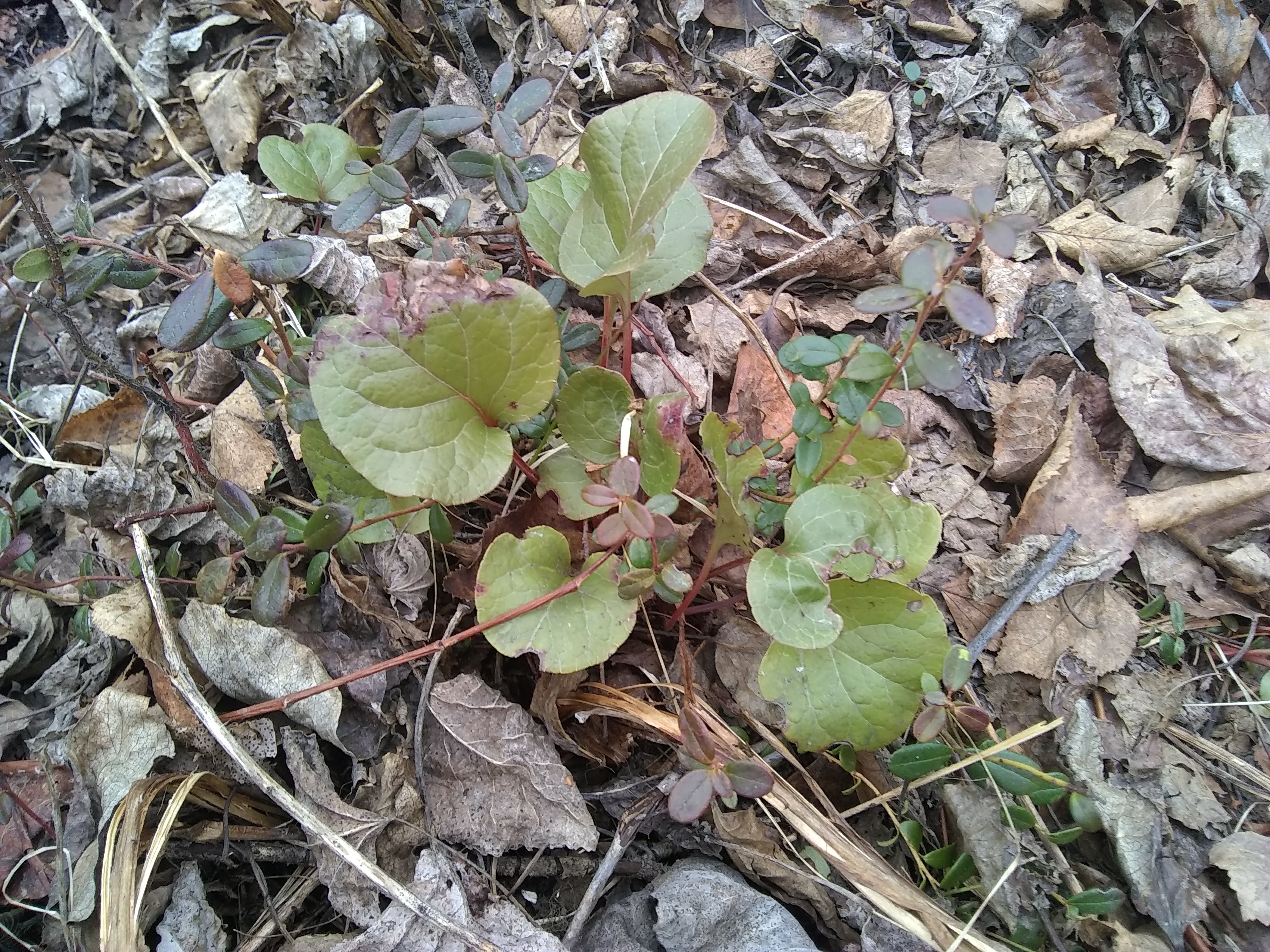Essential oils
I have talked a lot about infused oils, as they are what I use to make my balms and massage oils with, but I haven’t talked about essential oils. Are infused oil the same as essential oils? If you’ve heard that they are miracles for this or that, are they all they’re cracked up to be? In today’s post, I introduce you to essential oils and what they are used for.

What are essential oils?
Essential oils are not technically an oil, as there are no essential fatty acids. It is a volatile oil, which means that it evaporates quickly. Another property is that they are hydrophobic, meaning they separate from water or will not mix with water.
How essential oils are made
They take a LOT of the plant to get a certain amount of the oil. Like 4000 pounds of plant to get one pound of essential oil. It truly depends on the plant, but that is one example. They are made by passing steam through the plant with a distiller, or a solvent extract. It is typically thought that a solvent extract does not produce as high a quality as the steaming method. Either method will produce a highly concentrated oil of the plant with both aromatic and chemical components of said plant.
How essential oils are used
Most essential oils are aromatherapy only. However, they are different than fragrances (although they can be used as fragrance), which are usually synthetic. A lot of people are allergic to fragrances BECAUSE they’re not natural. This is why if I choose to make a product smell, it is with an essential oil.
Some can be used topically, but they should be diluted. Should dilute with carrier oils or secondary oils that I might use for infusing herbs with. Otherwise too harsh. Personally, I use lavender and tea tree topically.
I also use a mixture of eucalyptus, tea tree, clove, and orange for a steam bath when I am stuffed up due to allergies or a cold. You can see that video here.
Some people will use tea tree oil, citrus, or orange in their cleaning products. Some use it for smell, other claim that they have cleaning or disinfecting properties – please see the section below on the science of essential oils.
How essential oils should not be used
Essential oils should not be used internally, ever. They should not be used undiluted as it can cause skin rashes. There was an oil blend that was supposed to be pre-diluted that was for tension headaches that I developed a rash to because it was too strong for my skin, so be careful when you are using even pre-blended mixtures.
They should also be used sparingly. They pack a punch, so only a little is needed.
With the rise of essential oil use in active diffusers, pet poisonings have been on the rise. Make sure you keep them out of the reach of children, human and furry alike.
Scientific evidence for the use of essential oils.
Here is an awesome video on the efficacy of essential oils as aromatherapy. This study has shown that the aromatheraputic value of them is helpful with treating anxiety and should be studied further. They specifically talk about Lavender, Bergamot, and Bitter Orange, among others.
An article on healthline has some great resources on the scientific studies that have been done on them and what they are used for. The only thing that bugs me about this article is that it says a use can be internally. While it recommends against it, I strongly suggest to not even try it. They are so concentrated and are not meant to be consumed.
Thanks for reading this week’s post! What are some essential oils you use, and how do you use them? See you next week!




